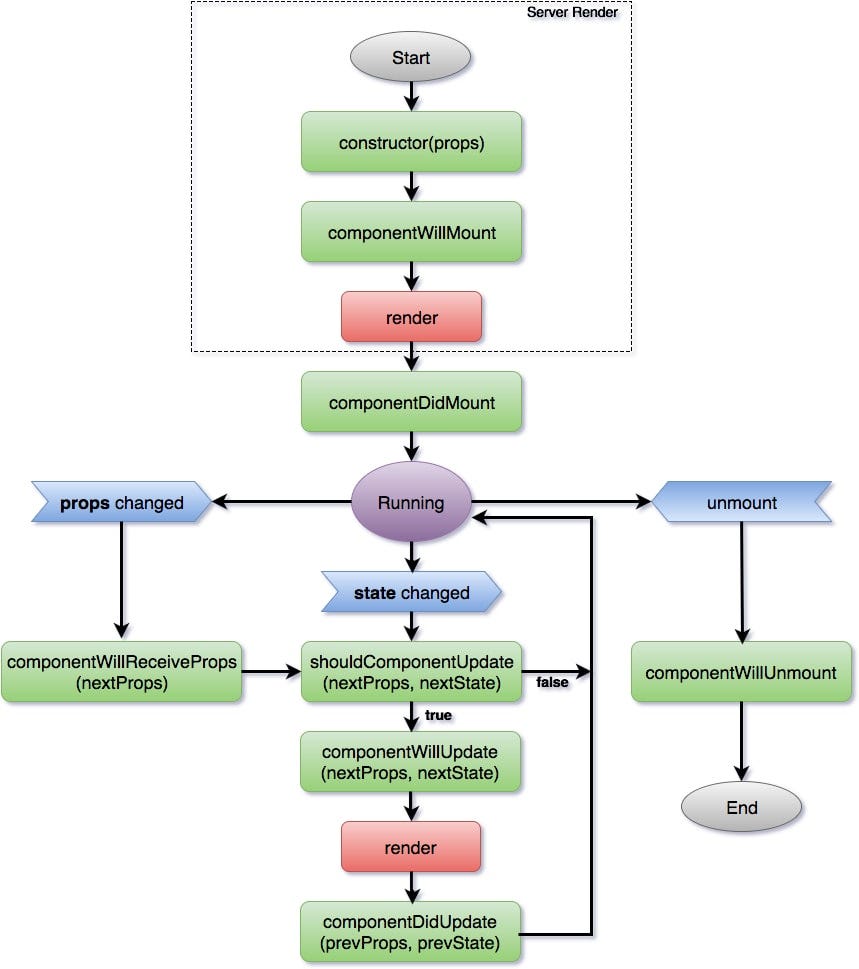Basic Terminology
Here are some of the basic vocabulary words we will leverage to get started:
Data
An entity that represents what we want to display on the screen. DATA is the heart of any react application as it is the source of truth that drives all other interactions and views.
Component
A bit of code - either a class or a function - that knows how to interpret a piece of data and render interactable elements on screen. A component encompasses the logic that defines HOW to display and mutate the data of your application
Props
A prop, short for "property", defines how we can pass data along into our components. This is the primary / preferred way to tell the component what the data is that we are attempting to display.
State
A state is similar to a prop, except that it is component specific. This means that each component has the ability to maintain internal state.
EXAMPLE: If we have a react component that represents a user profile, the prop would be the API call that returns user data from the server. However, as the user is updating fields - we represent these changes in the state (as they can be abandoned at any time) - and once user performs an action such as SUBMIT, etc we post this data back to the DB so that the prop when user revisits profile is up to date.
Lifecycle
All react components encompass a concept of the component "lifecycle". Every time a prop or state is updated, the component lifecycle is triggered.
